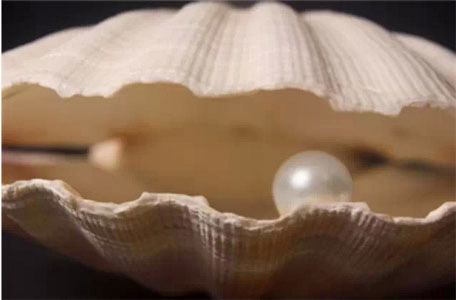Pearl, this thing, it really has nothing to do with the gravel.
How was the pearl born? First of all, there is a difference between oysters and oysters. Both are bivalve mollusks that produce pearls. However, oysters have pearlescent pearls, which are the most well-known pearls for jewellery; enamels produce pearls with porcelain or porcelain-like surfaces. . The two are produced in a similar way, and the two pearls also have their own unique charm. These are wild round pearls. Their colors range from light lilac to deep purple. Pay attention to the porcelain texture on the surface. These are the wild round pearls. Their colors range from light lilac to deep purple. This white bead presents a pattern resembling a flame, which we can call a color change or a game. It can still be seen that the surface has a porcelain texture. This white bead presents a pattern resembling a flame. We can call it a color change or a game. Still can see the surface has a porcelain feel This is the Nanyang Baroque white pearl, which was born from a large mother-of-pearl (oyster). We can see the obvious difference between the bead (porcelain pearl) and the pearl pearl. The pearl pearl has a prismatic crystal layer, and the main component of the pearl is calcium, so it lacks pearlescence. Wild pearls, or pearls formed without intervention, begin with some irritant that breaks into the shell. The software inside the shell has suffered tremendously and will try to alleviate the problems caused by the intruder. This irritant is often a parasite (rather than a gravel). It bites the shell of the mollusk, enters the body tissue, and depends on the host to survive. The outer layer of the mollusk body tissue, instinctively, continues to fill the shell's wounds and tries to protect itself. At this time, the parasite migrates in the epidermal cell tissue of the mantle, and the infected part of this tissue will split by itself to form a pearl capsule. The pearl sac will wrap the parasite and isolate it from the remaining healthy tissue to prevent it from causing more damage. At the same time as the wound heals, the pearl sac begins to secrete the nacre. For pearl pearls, the aragonite component contained in this material acts like platelets (thickness in microns) and is also mixed with calcium carbonate and shell hard protein layers (usually brown or gray organic matter, connected Other material layers), acting like glue. But in the case of the bead, although the formation process and the elements involved in it are very similar, there is a lack of nacre. Among the prismatic layers of the bead, there are only calcite (calcium carbonate) fibers and shell hard proteins. The fibers are distributed radially around the hard protein core, so that when light is illuminated, there is a color change effect. By the way, not all beadings will have a color change effect. After several years, the soft pearl sac continues to secrete nacre, which is wrapped in layers on the prismatic layer or the nacre. Year after year, the pearls will grow larger and larger until the shells die or are found to be collected. T/C Fill-A-Fill Fabric,T/C Shirt Blouse Fabric,T/C Filling Fabric,T/C Shirt Fabric Shaoxing Yingcheng Textile Co.,Ltd , https://www.sxyingcheng.com